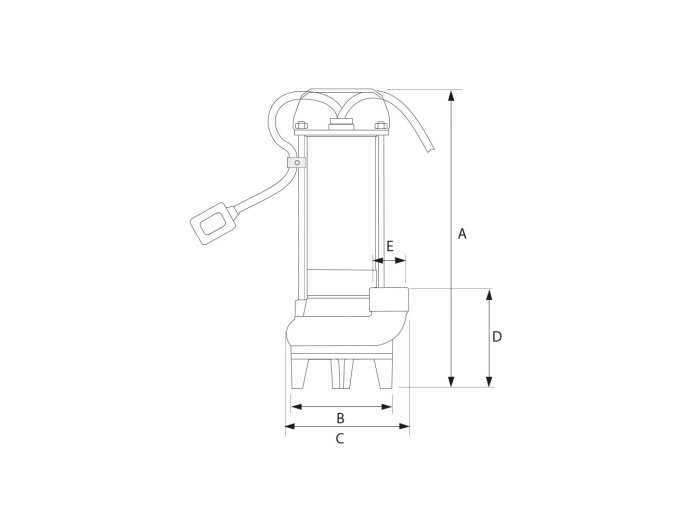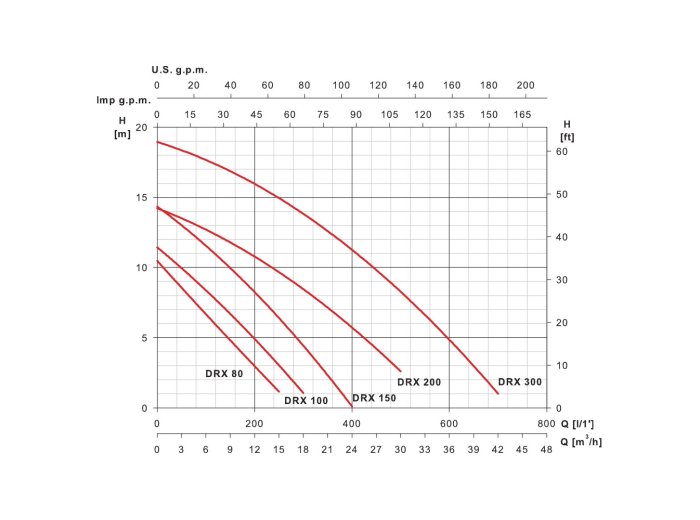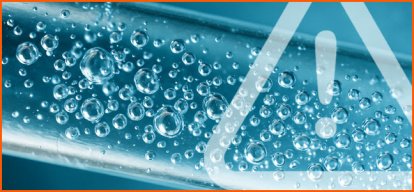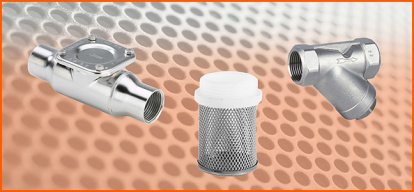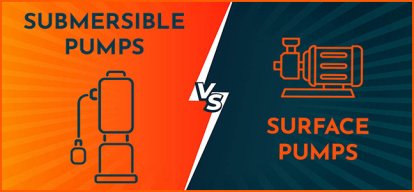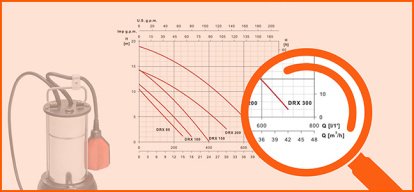DRAIN. PUMP DRX150 1,5HP 3-400V
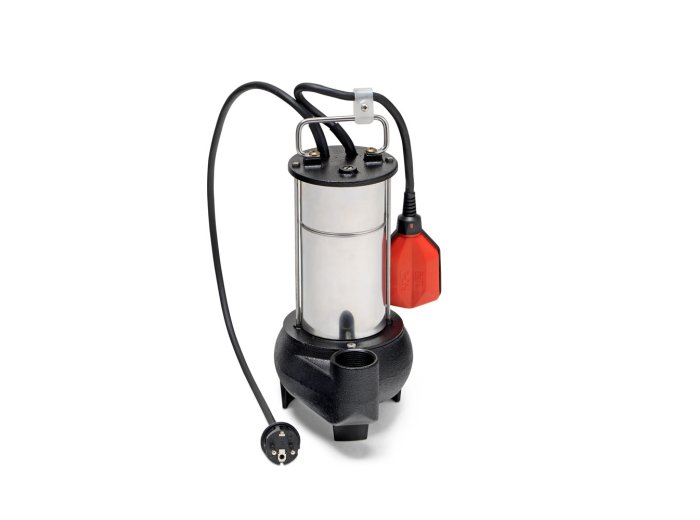
Submersible pump for drainage and sewerage, from 0.8HP to 3HP, pump body and impeller in cast iron (G 25), motor casing and hardware in stainless steel (stainless steel AISI 304), mechanical seal in carboceramic (silicon carbide for 200 and 300 versions), NBR seals, for single-phase version internal condenser, IP 68 protection degree. Equipped with power cable 10 metres long, shucko plug and automatic float switch for MA versions. Generally the DRX electric pump is used for lifting and emptying cesspools settling pits, sewage collection pits and dirty, filthy water with suspended solids, with passage sections: 35 mm for models 80,100 and 150 and 50 mm for models 200 and 300, thanks to the Vortex impeller. Maximum immersion depth 7 metres.
| Piece | ||
| Q.ty | Unit price | |
|---|---|---|
| 1 | €396.27 | |
| Note: the prices shown are exclusive of VAT | ||





















